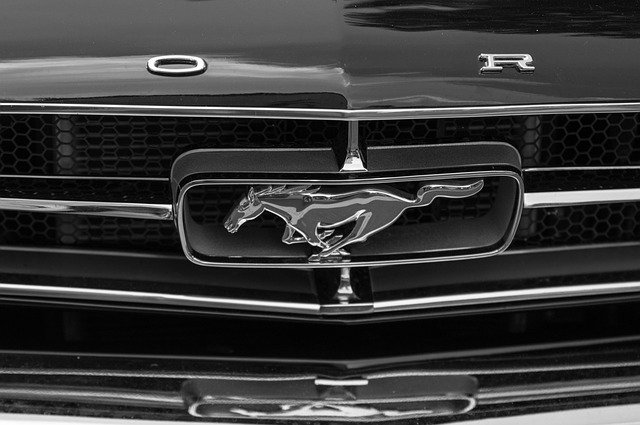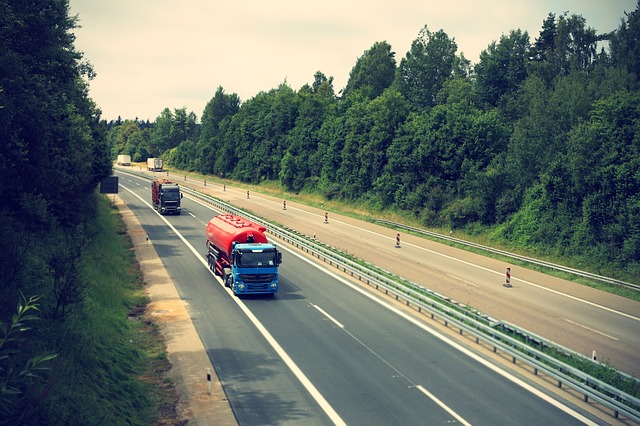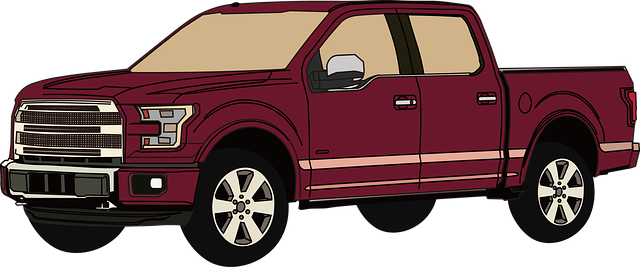The first cars delivered to the market will appear in mid-2018. The upgrade will be more fuel efficient motoring, a more modern look for both cars, and the changes will also affect the electronics, especially the supporting support.
Ford Transit is one of the best-selling cars in this utility classacross Europe 1. In the 10 months of last year, about 276 thousand units were sold, which was reportedly an increase of 8% compared to 2016.
Deactivation of 1 cylinder at a lower load
From the point of view of motorization, significant changes occur in both diesel and gasoline engines. Diesel engineFord1.5EcoBluecomplies with the European emission standard Euro 6.2, it is a turbocharged engine with a new technical solution for the preparation of mixtures and emission control. It should have a lower diesel consumption and at the same time better dynamics. The Transit Connect relies on the 1.0EcoBoost gasoline engine, which has undergone innovations in the form of modified cylinder heads, the capture of contaminants from exhaust gases, and changes in fuel injection. An interesting novelty is the temporary deactivation of 1 cylinder, so that the engine at a lower load works only with 2 cylinders, thereby reducing fuel consumption.
8-speed automatic transmission on request
Both engines are combined with 6-speed manual transmission, and the 1.5EcoBlue engine can be equipped with 8-speed automatic transmission – but only on request.
Ford now focused on extending regular maintenance intervals. This applies to both diesel and gasoline engines, but for manual transmissions, the service interval is shifted to a maximum of 2 years (or 40,000 km). This represents significant time and cost savings for Ford car owners compared to the competition.
Body and interior changes
Slimmer headlights, higher tri-front spoilers and masks with xenon lamps and LED daytime running lights have become more aerodynamic. The dashboard in the cabin has a new central panel with a touch screen (SYNC3 system). Ford also focused on sheet-upholstered fillers in which other materials are used.
Assistive technologies focused primarily on pre-collision detection of so-called obstacles (pedestrians), coordination of driving in crosswind, and speed limits in certain situations. A novelty in the car of this class is the parking assistant.
